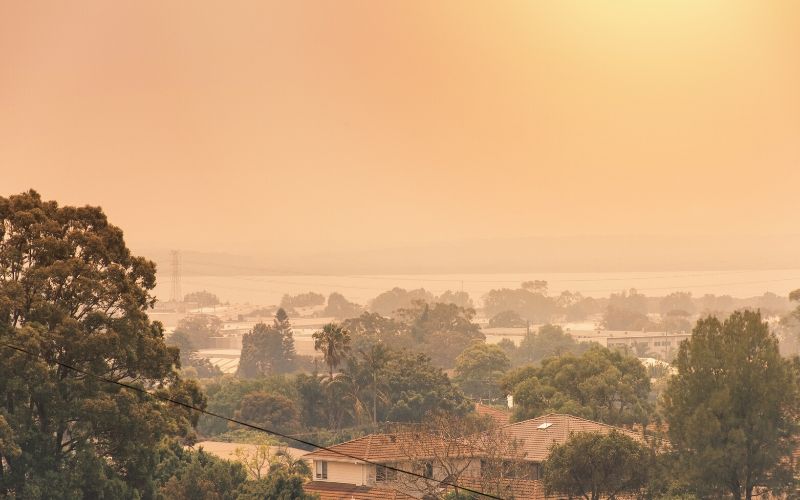The bushfire devastation has been incredibly distressing for so many Australians this summer. The emotional and financial scars will be felt for a long time on so many levels.
My heart goes out to those rebuilding their lives, homes and businesses. One of the biggest financial hits to these regions will be to the value of their properties.
According to RiskWise Property Research the severity of the property impact will depend on the state of the market in the suburb or region prior to the bushfires as well as how badly they were affected.
RiskWise has identified three ‘severity’ categories with greatly varied impacts on property prices and their duration.
- The highest category is 152 suburbs where homes or infrastructure was destroyed in the recent bushfires.
- The second category is 537 suburbs where homes were under threat and/or evacuations undertaken.
- The third one is areas 1,654 suburbs where alerts/warnings were given regarding potential escalation in the recent bushfires.
RiskWise CEO Doron Peleg said obviously property prices in Category 1 areas where homes or infrastructure were destroyed will be more impacted.
“Existing weak markets with no demand drivers or those that don’t have the right fundamentals for growth could be hit by 10-20 per cent reductions as a conservative estimate,” Mr Peleg said.
“And this impact will last at least a couple of years depending on the restoration of the area – even three to five years if these are repeatable events… in other words subject to further fires in the future, which might potentially have a long-term impact on some areas in Australia.
“On the other hand, if the area had existing greater demand overall (i.e. a good property market) prior to the fires and they fell under Category 3, the impact would be modest.
“In other words, e.g. without the bushfires, expected capital growth might have been about 5 per cent, but with the fires there would be a negative 1-3 per cent impact ‘than otherwise’, making the expected capital growth between 2-4 per cent.
“The impact on property prices depends on the actual effect of the bushfires as well as the demand for residential property in the area before, and regardless of, the bushfires, i.e. the ‘normal’ projected demand if there were no bushfires.
“The stronger the property market, the lower the impact on dwelling prices. Further, the recovery period in strong areas is highly likely to be shorter. Vice versa, areas that already experienced weakness in the property market prior to the bushfires will be more impacted by the recent events.
“In the short term (at least a couple of years), it is highly likely there will be price reductions and significantly reduced demand for areas in Category 1 and for weak markets in Category 2. Buyers are likely to negotiate hard and require major discounts to reflect the risk of additional bushfires in the future and that it will potentially be harder for them to sell their properties down the track.”




























Trending